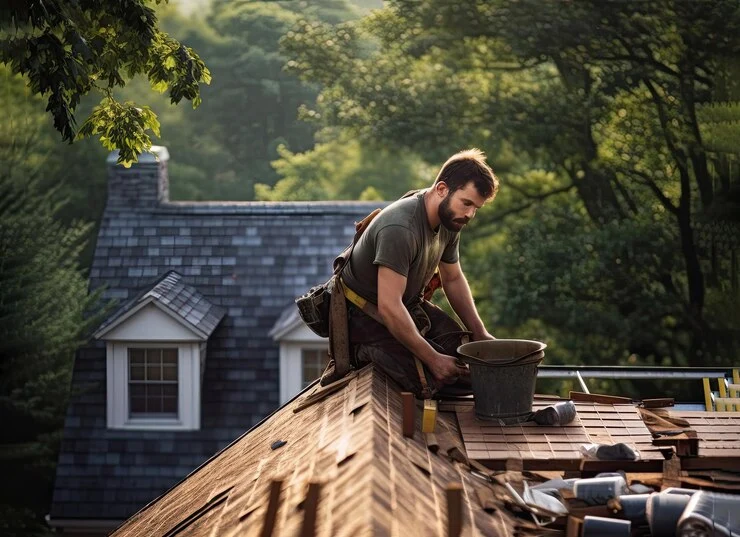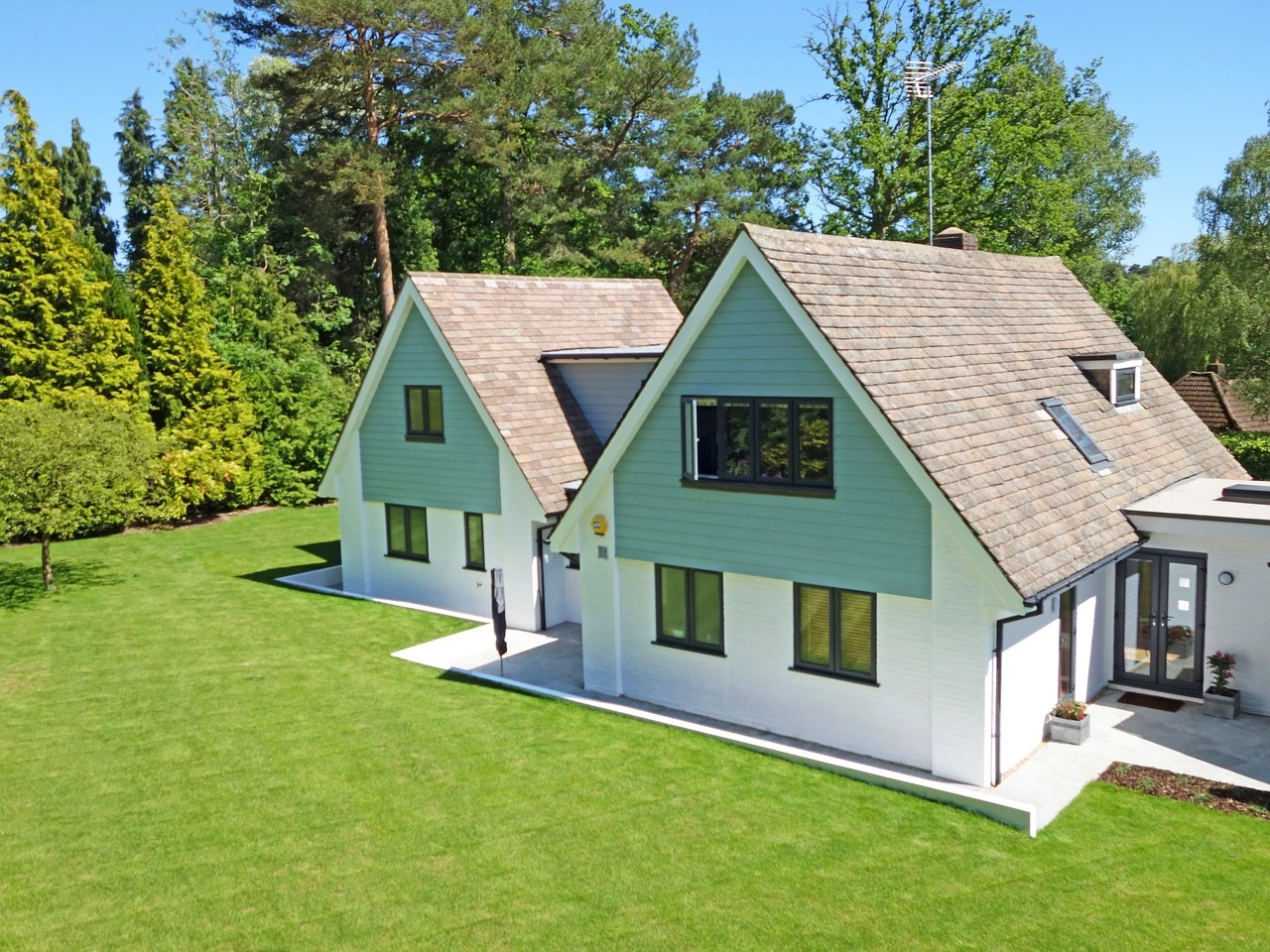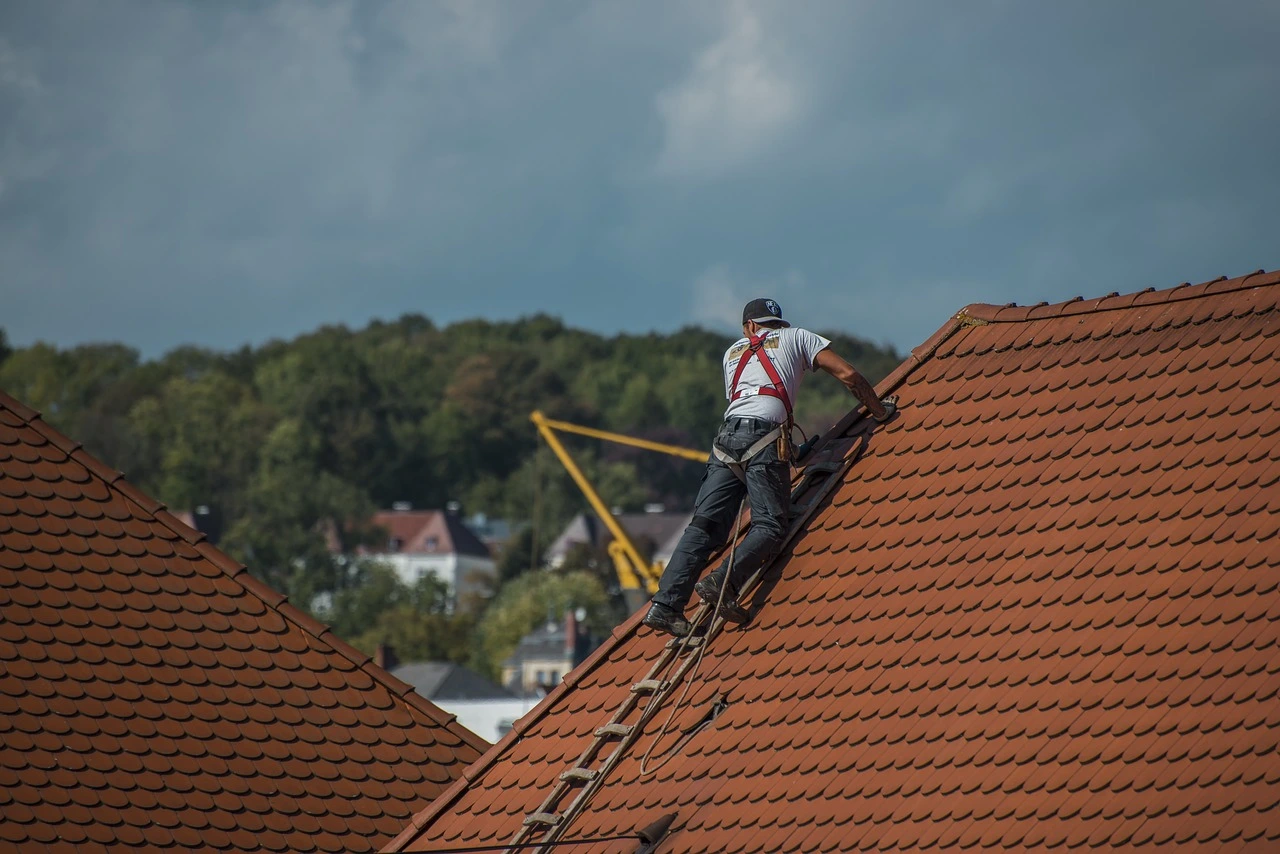Roofing is more than just shingles and tiles. One critical component often overlooked is the starter strip, which plays a significant role in protecting roofs from water damage and ensuring durability. But when was the roofing starter first used, and how did it come to be a fundamental part of modern roofing systems? In this article, we will dive deep into the origins, evolution, and importance of starter strips. Whether you’re a roofing enthusiast or a homeowner curious about roofing structures, understanding this little-known detail can offer great insights.
- What is a Roofing Starter Strip?
- Ancient Roofing Techniques: Was There an Early Version of Starters?
- When Did Modern Starter Strips First Appear?
- Why Were Roofing Starters Invented?
- The Role of Roofing Manufacturers in Promoting Starter Strips
- Modern Advancements: How Starter Strips Have Evolved
- How Roofing Starters Impact Energy Efficiency and Sustainability
- Common Misconceptions About Roofing Starter Strips
- Do All Roof Types Require Starter Strips?
- Final Thoughts:
- FAQs:
What is a Roofing Starter Strip?
Before exploring its history, let’s clarify what a roofing starter strip is. Starter strips are the first row of shingles or pre-cut pieces installed at the edge of a roof, often along the eaves or rakes. These components help secure the initial row of shingles and provide a watertight seal, minimizing the risk of water infiltration from wind-driven rain. In essence, starter strips create a solid base for the roof covering and act as the first defense against leaks.
Ancient Roofing Techniques: Was There an Early Version of Starters?
Historically, roofing systems have existed for thousands of years, with ancient civilizations employing various materials like thatch, clay, and wood to shelter themselves. While ancient roofs did not feature the modern starter strip, the idea of layering materials to provide water resistance has deep roots. For instance, overlapping clay tiles in Ancient Rome or shingles on wooden Scandinavian homes ensured that water could not seep through the roof.
These ancient builders may not have used a dedicated “starter strip,” but they understood the importance of securing the first layer carefully. In many cases, the lower edge of the roof received additional material or reinforcement to protect against wind and rain.
When Did Modern Starter Strips First Appear?
The concept of starter strips as we know them today began to take shape during the 19th and early 20th centuries. As roofing materials evolved from natural elements to asphalt shingles and other composites, builders needed a way to prevent water intrusion at the roof’s edge. Early asphalt shingles were relatively simple, requiring installers to create a base layer by manually cutting shingles for the first row.
By the mid-20th century, the roofing industry began to standardize the use of pre-cut starter strips. These developments coincided with the rise of mass production in construction, where efficiency and quality control became top priorities. Manufacturers saw the benefit of creating dedicated starter strips that would not only save time but also ensure a consistent seal along the roofline.
Why Were Roofing Starters Invented?
Roofing starter strips became essential because of two primary challenges:
- Preventing Wind Uplift: Without a secure base, shingles could easily be blown away by strong winds, especially at the roof’s edge.
- Waterproofing: The initial row of shingles often faced issues with water infiltration, as it sits at a vulnerable point where water tends to pool.
The invention of starter strips addressed both issues by providing stability and sealing gaps that could otherwise allow water or air to penetrate the roof. Homeowners and roofers quickly adopted this innovation because it added longevity and resilience to roofing systems.
The Role of Roofing Manufacturers in Promoting Starter Strips
As roofing technologies advanced in the 1950s and 1960s, manufacturers played a critical role in refining starter strips. Leading brands like GAF and Owens Corning introduced pre-manufactured strips to improve installation efficiency and performance. These companies heavily marketed the benefits of starter strips, emphasizing their role in preventing costly repairs due to water damage.
The increased use of asphalt shingles further accelerated the popularity of starter strips, as the two materials complemented each other perfectly. Homebuilders embraced this shift because it allowed for quicker roof installations without compromising on quality.
Modern Advancements: How Starter Strips Have Evolved

In recent decades, starter strips have become more advanced, incorporating new materials and designs for improved performance. For example:
- Adhesive-backed starter strips now provide additional wind resistance.
- Eco-friendly options have emerged, catering to homeowners looking for sustainable materials.
- Customized strips for different roof slopes ensure optimal installation, reducing waste and labor time.
Modern starter strips are not just functional but also designed to enhance energy efficiency by reducing air leaks along the roof’s edge.
How Roofing Starters Impact Energy Efficiency and Sustainability
A lesser-known benefit of starter strips lies in their contribution to energy efficiency. When correctly installed, they reduce air leakage and improve the building’s overall insulation. This helps regulate indoor temperatures, minimizing the need for excessive heating or cooling. With growing awareness about sustainable construction, manufacturers now offer starter strips made from recycled materials, aligning with eco-friendly building practices.
Common Misconceptions About Roofing Starter Strips
Despite their widespread use, there are several misconceptions surrounding roofing starter strips:
- “They are optional for small roofs.” Many believe starter strips are unnecessary for smaller structures. However, even small roofs benefit from the added protection they provide.
- “Regular shingles can replace starter strips.” While some roofers still use cut shingles as a base, pre-manufactured starter strips offer better performance and are more consistent.
- “They are only important in high-wind areas.” While vital in wind-prone regions, starter strips also safeguard roofs from water damage, making them essential in all climates.
Do All Roof Types Require Starter Strips?
Not all roofs require starter strips in the same way. For example, flat roofs rely on different waterproofing techniques, such as membranes or bitumen layers, which do not require traditional starter strips. However, sloped roofs—whether using asphalt shingles, slate, or metal panels—greatly benefit from their use. Starter strips are particularly vital for gable roofs and hip roofs, where wind and water exposure are highest along the eaves and edges.
Final Thoughts:
The history of starter strips for roofs reveals how small innovations can make a significant difference in construction. From manual layering techniques in ancient times to pre-manufactured strips in the modern era, starter strips have evolved to meet the growing demands of roofing systems. Today, they are a non-negotiable component for most residential and commercial roofs, offering enhanced durability, waterproofing, and energy efficiency. Understanding their importance helps homeowners and builders make informed decisions when it comes to roof installation and maintenance.
FAQs:
1. What is a roofing starter strip?
A roofing starter strip is the first row of shingles or pre-cut pieces installed at the edge of a roof to provide a watertight seal.
2. When did modern starter strips first appear?
Modern starter strips began to emerge in the mid-20th century with the rise of asphalt shingles and mass production techniques.
3. Why are starter strips important?
Starter strips help prevent wind uplift and water infiltration, enhancing the durability and longevity of roofing systems.
4. Do all roofs require starter strips?
Not all roofs need starter strips. Sloped roofs, especially with asphalt shingles or tiles, benefit significantly from them, while flat roofs use different waterproofing methods.
5. How do starter strips contribute to energy efficiency?
Properly installed starter strips reduce air leakage and improve insulation, helping to regulate indoor temperatures and decrease energy consumption.








